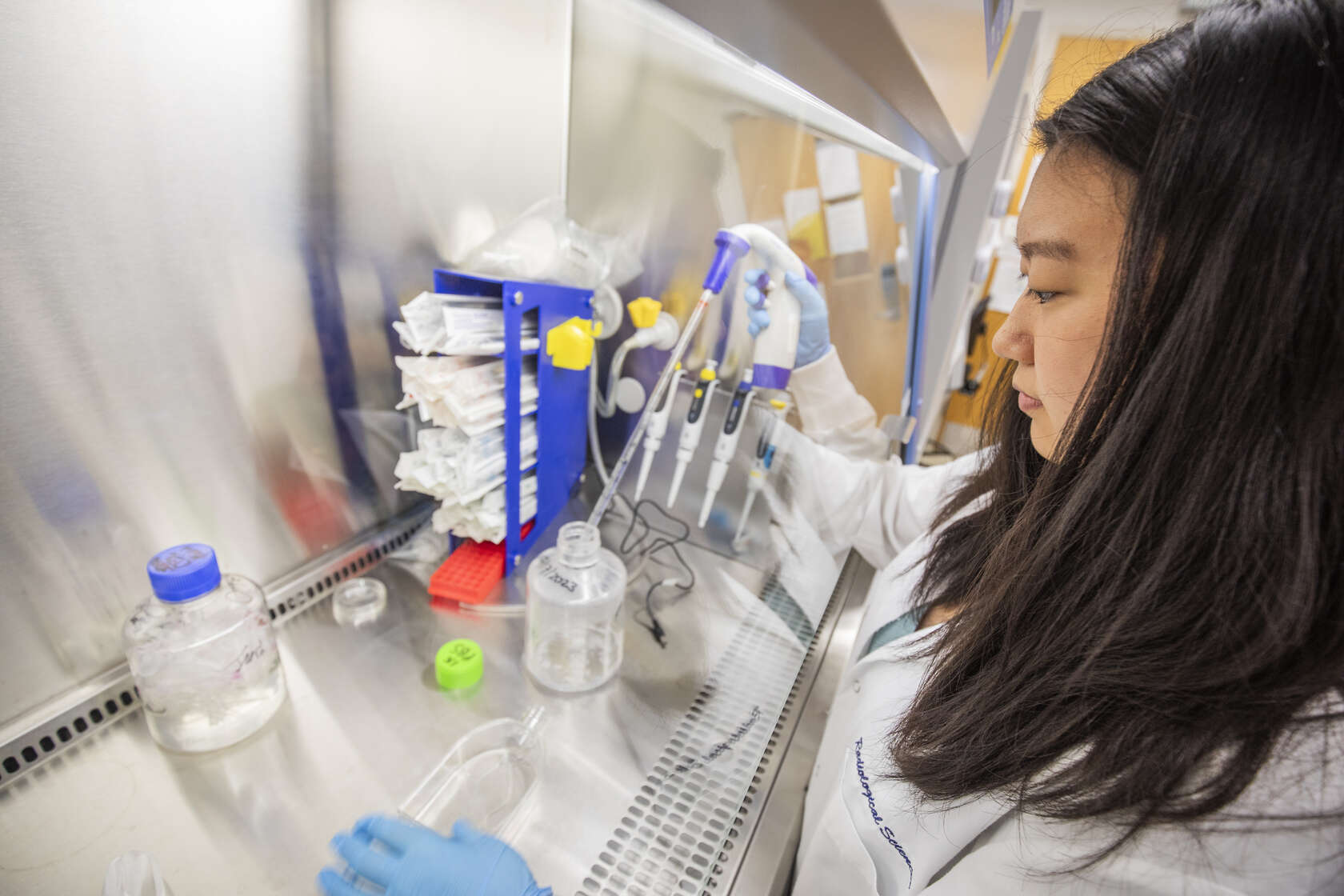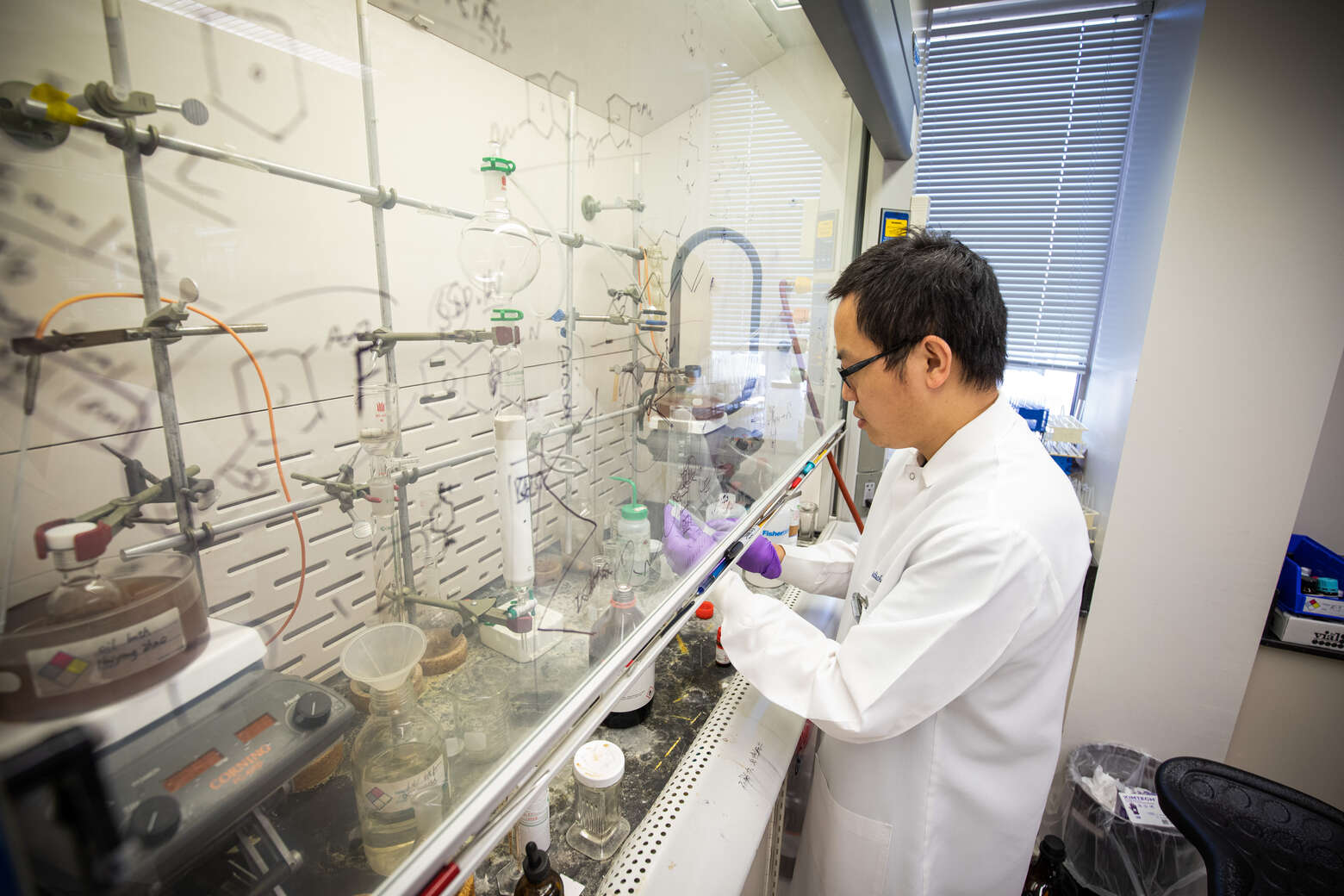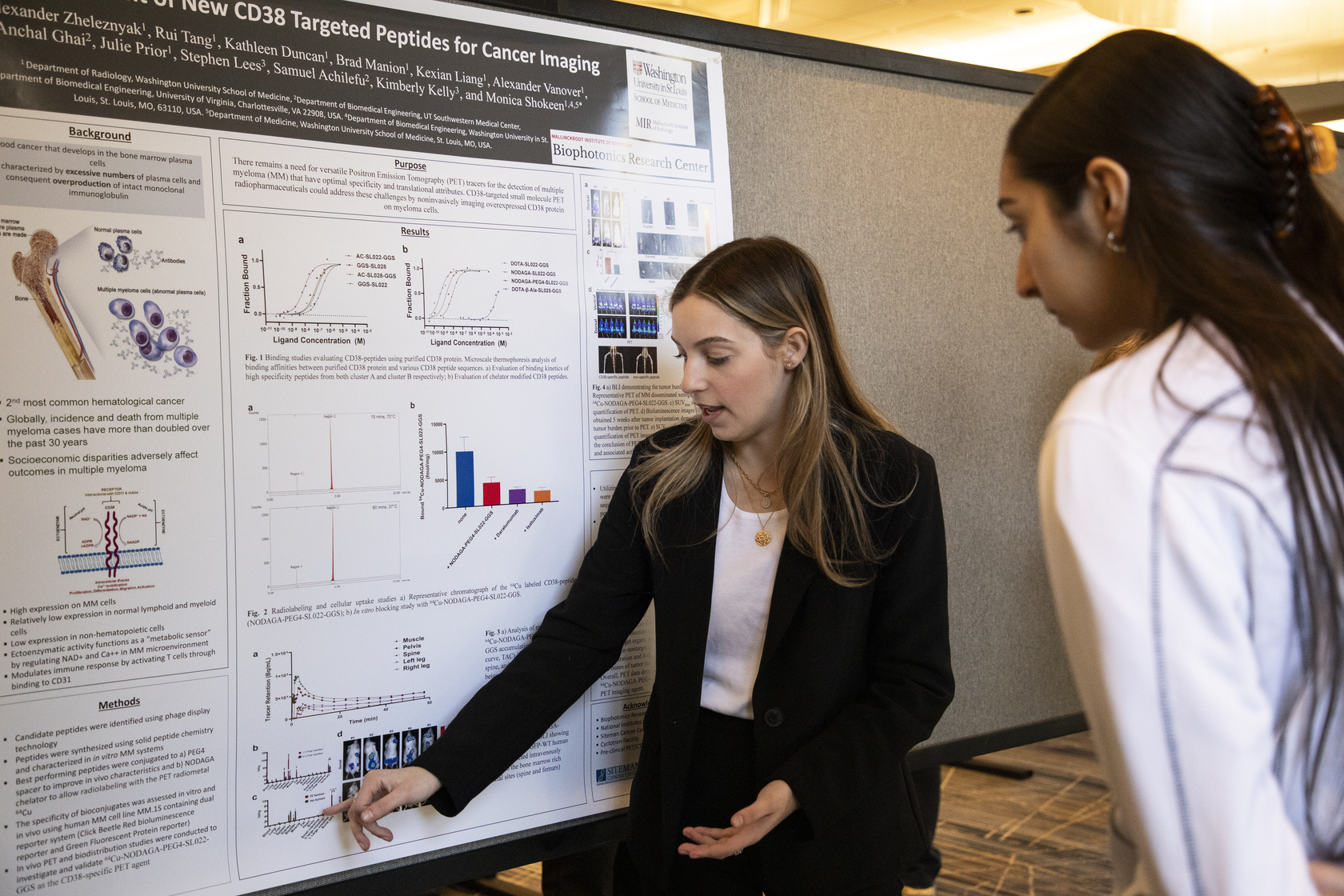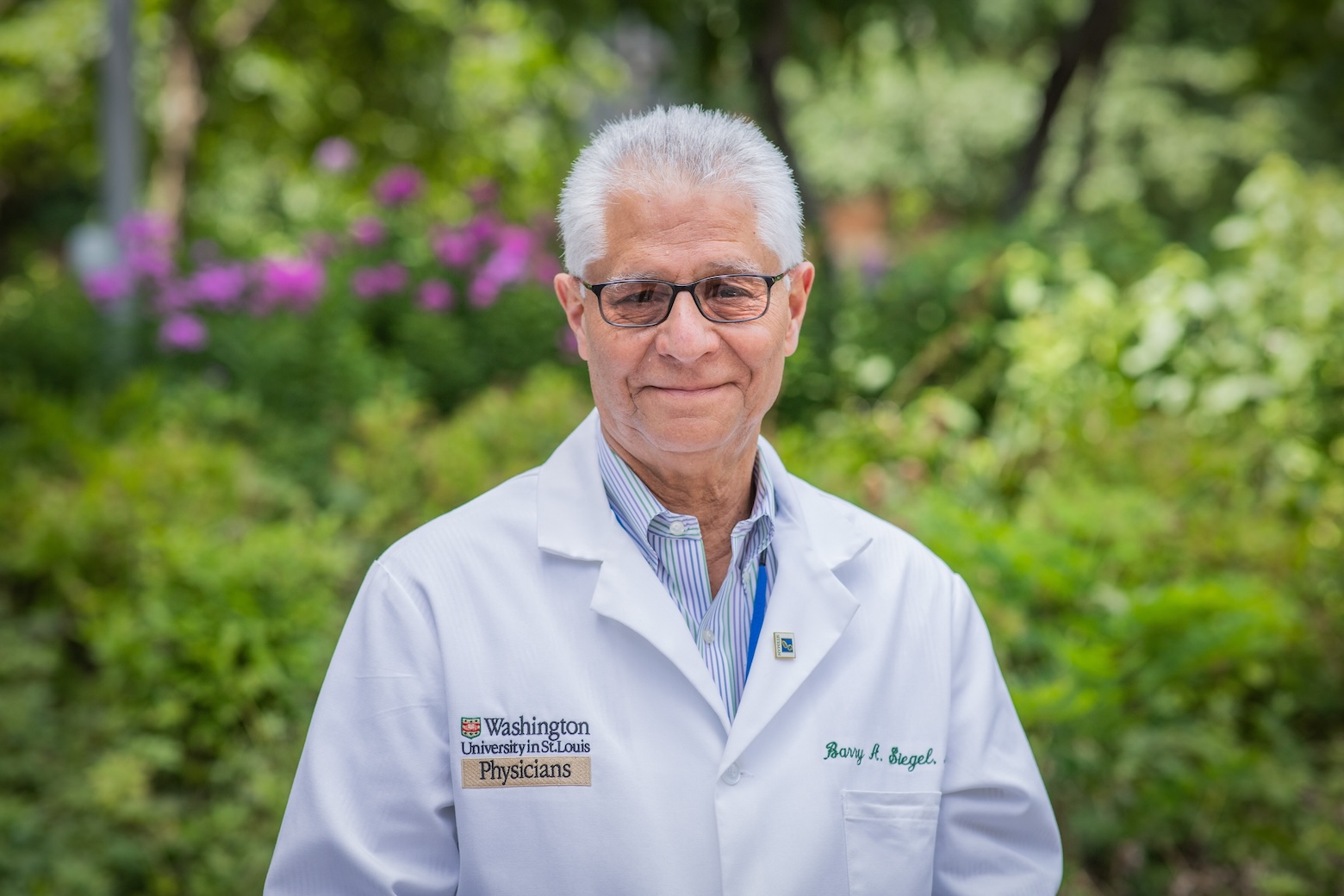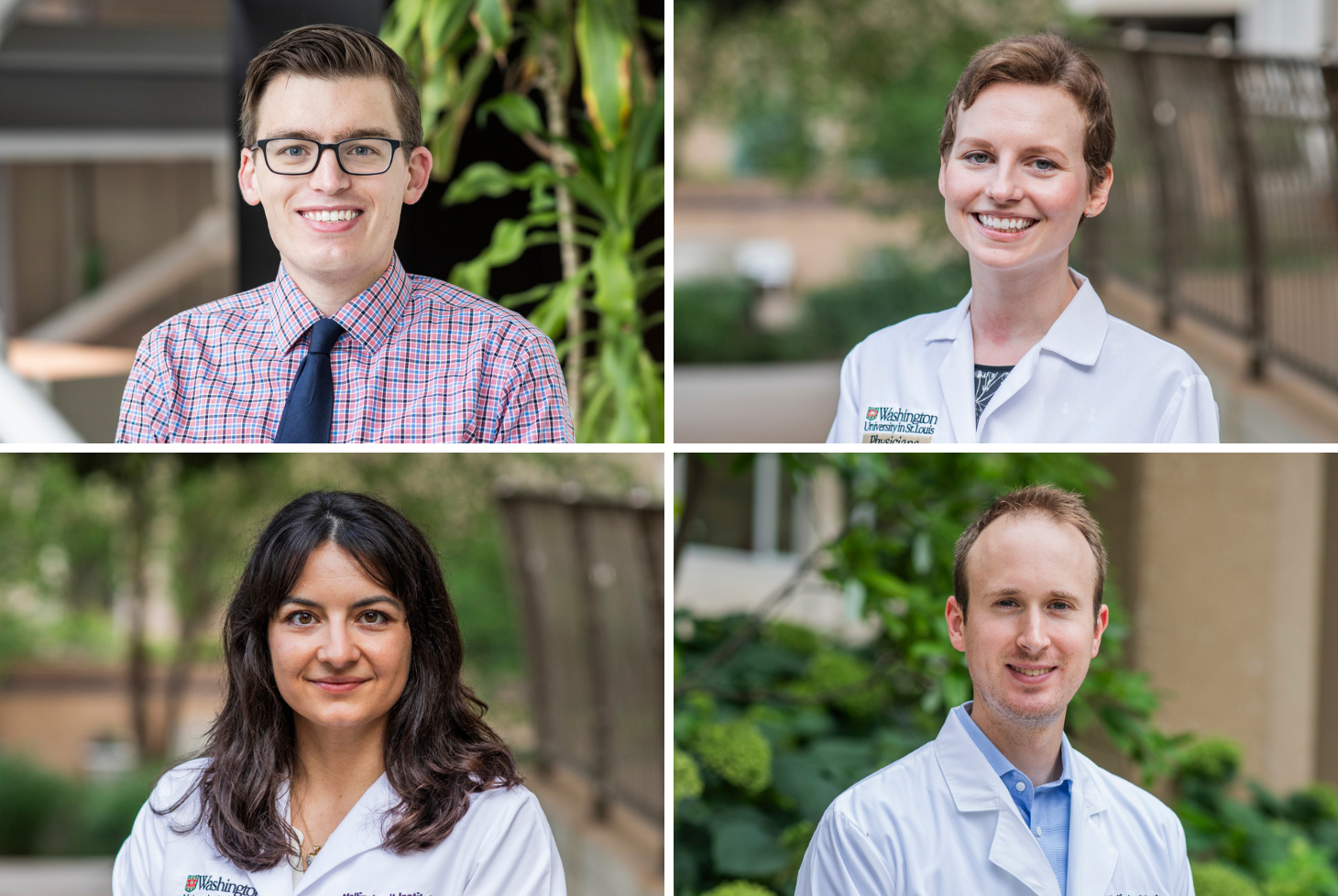An Alternative to Hysterectomy
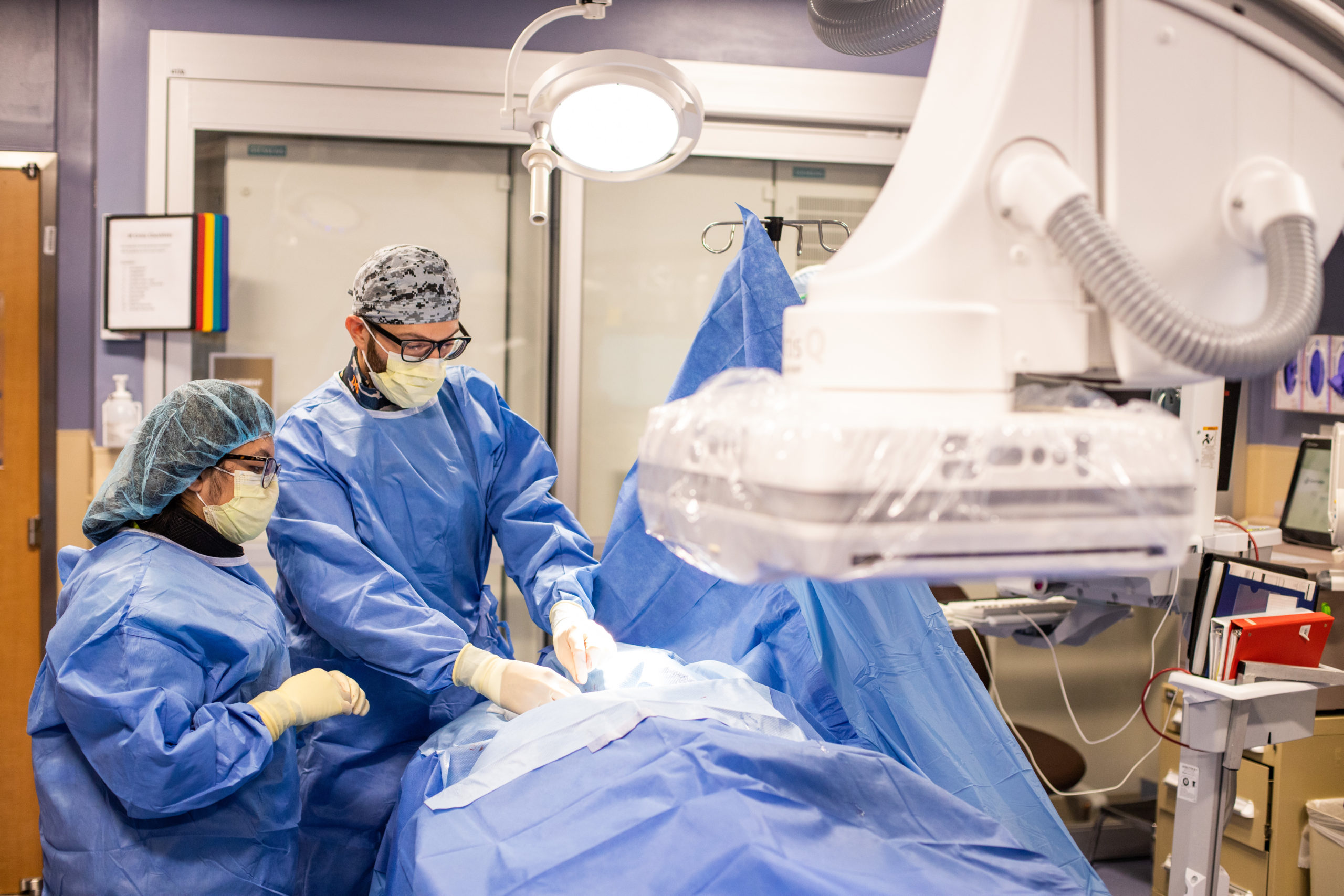
Emily Todd suffered from fibroids for three years before she found a fix that would eliminate her discomfort, require minimal downtime, and preserve her reproductive potential. Until then, the sales rep lived with symptoms that progressively worsened.
“I had heavy bleeding and prolonged periods lasting up to 10 days,” says Todd, now 45-years old. “Sometimes I had two periods in one month.”
And then there was the pain. It wasn’t every day, but it was frequent and unprompted, she says. “I could be sitting and the pain would come. I’d have to lie down.”
Fibroids are non-cancerous growths on a woman’s uterus and Todd had two of them, one of which was about the size of a grapefruit. When lying flat, a silhouette of it could be seen protruding underneath her clothes. And some clothes, like jeans, put pressure on the fibroids, making her uncomfortable.
After her longtime obstetrician-gynecologist retired, Todd sought advice from a new OB-GYN who recommended a myomectomy, which is the surgical removal of the fibroids. Unlike a hysterectomy, which is another surgical option for fibroids, a myomectomy preserves the womb.
However, Todd, who was then single, was also concerned with downtime associated with a myomectomy. “It involved cutting into muscle, and I could have been out of work for weeks.”
She scheduled the myomectomy, only to cancel it when she heard about uterine fibroid embolization (UFE). It’s a non-surgical alternative to myomectomy and hysterectomy for women with symptomatic fibroids.
In a UFE, a physician called an interventional radiologist blocks the blood supply to the fibroid, making it shrink. The procedure takes about one hour to perform and uses a catheter through which tiny medical-grade beads called microspheres are injected into the artery feeding the fibroid. Over the next several weeks, the fibroid withers and symptoms diminish.
Todd heard about the UFE procedure by chance. She left a message with a client about her upcoming myomectomy and time off. He returned the call immediately and encouraged her to investigate UFE. Her client was a physician, and he recommended Mallinckrodt Institute of Radiology (MIR).
Todd contacted MIR and was seen by interventional radiologist Seung Kwon Kim, MD, who would perform her UFE.
As expected, the procedure took about an hour and Todd spent the night in the hospital to manage any pain. The procedure went well but Todd was in pain after the anesthetic wore off. She had an intravenous morphine drip and was discharged the next day without it. The bleeding stopped immediately, the “tightness” around her abdomen from the fibroids eventually disappeared, and her pain is now gone.
“I felt better right away,” says Todd. “I wish I would have done it sooner.”

